"The firemen had therefore to depend on the water stored In the city reservoirs though no doubt some was pumped from the Bay in areas adjacent to it"
Dr. George Blumer
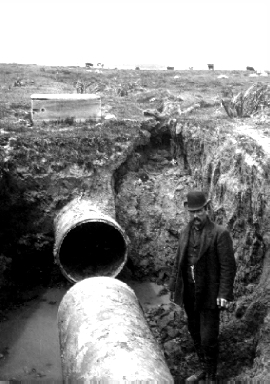
I belong to that group of sons whose fathers were called on that morning for a prodigious effort in their respective fields of activity. Father was a Battalion Chief in the San Francisco Fire Department."
"The morale of the 1906 firemen was severely strained because they were on duty at the moment of the earthquake and so continued until the flames were controlled. Few lived in the immediate vicinity of their firehouses, particularly those downtown. Minutes after the earthquake, most were in action and immediately aware of the magnitude of the disaster as they went about the grim task of rescuing victims from collapsed buildings and attempting to quell flames without water. Few knew the fate of their own families and for three days and nights they were to fight on with this gnawing concern on their minds. Two were killed. It is agreed they did their duty magnificently. The residences of 300 of the 600 firemen were destroyed and their fellow firemen throughout the nation sent $18,000 in relief funds, the New York City firemen being particularly generous."
John J. Conlan
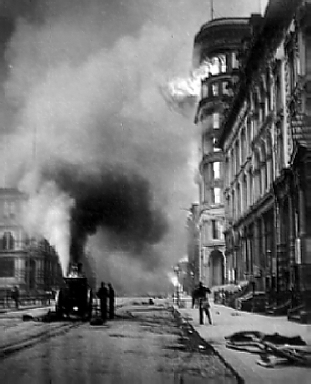
Emma M Burke
"Dynamite was lavishly used, and many of San Francisco's proudest structures were crumbled by man himself into ruins, but there was no withstanding the onrush of the flames. Time and again successful stands were made by the fire-fighters, and every time the flames flanked around on either side or came up from the rear, and turned to defeat the hard-won victory."
Jack London
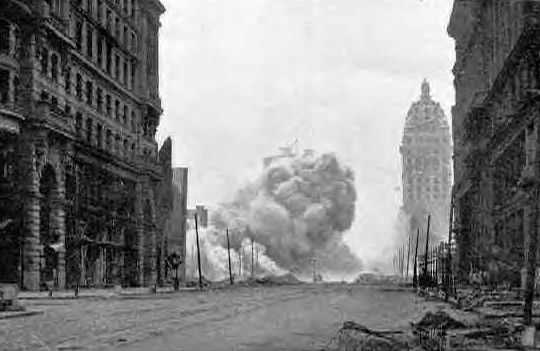
Arnold Gunthe
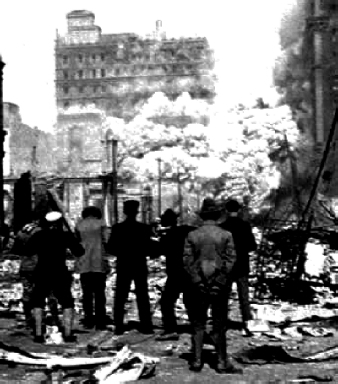
Dr. George Blume
"The great stand of the fire-fighters was made ... on Van Ness Avenue. Had they failed here, the comparatively few remaining houses of the city would have been swept. Here were the magnificent residences of the second generation of San Francisco nabobs, and these, in a solid zone, were dynamited down across the path of the fire."
Jack London
"They dynamited the side of Van Ness nearest to the oncoming fire Saturday. Whole rows of gun powder along the rows of cannons and shot them all at the buildings then set fire to the ones further down so as to make fire meet fire leaving the space on one side clear that had been blown down. That is the only thing that saved the little they did. Talk about Mt. Vesuvius and Pompeii, this surely beats it all."
Fredrick H Collins
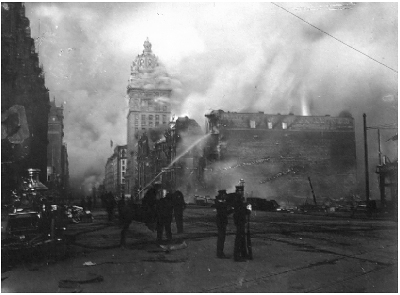
Gladys Hansen